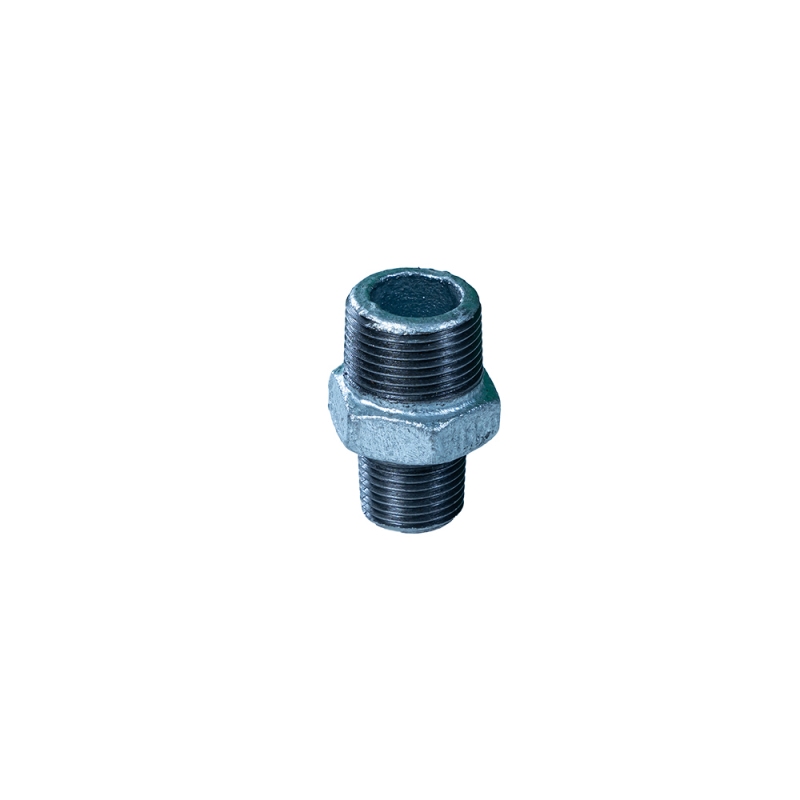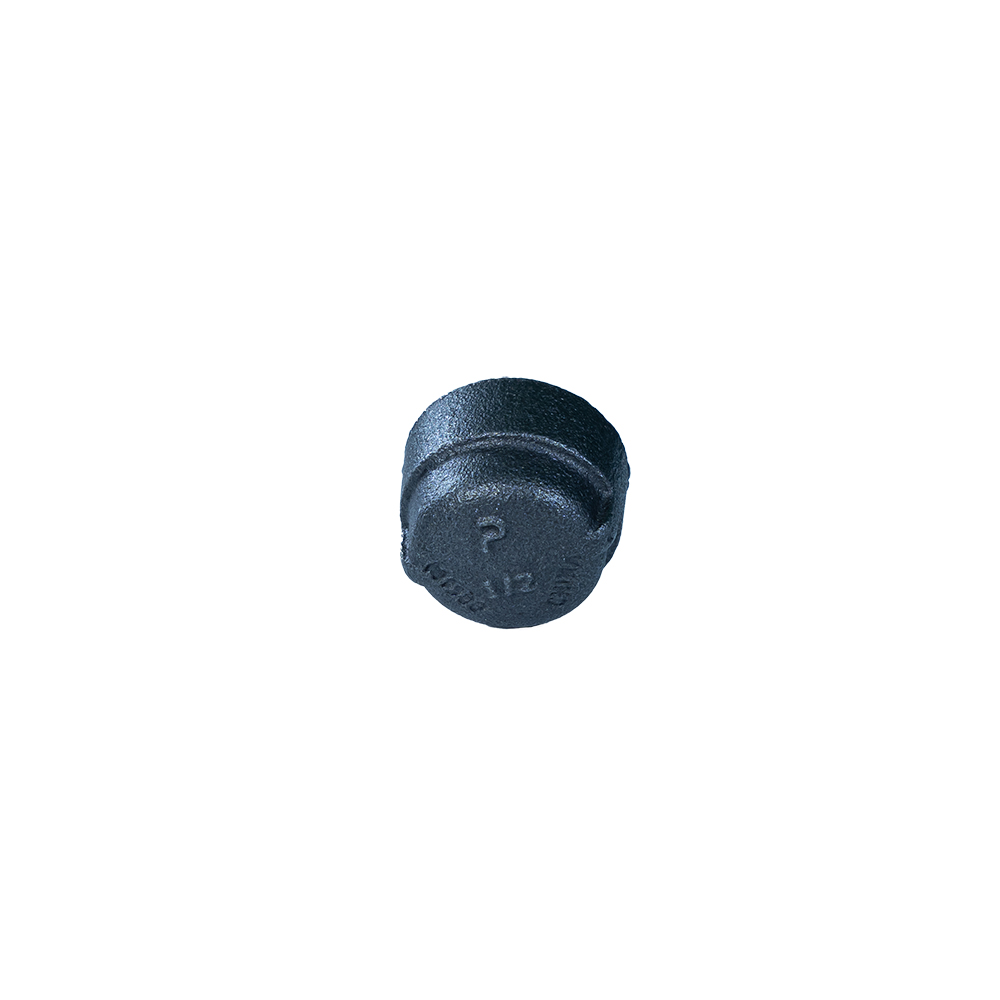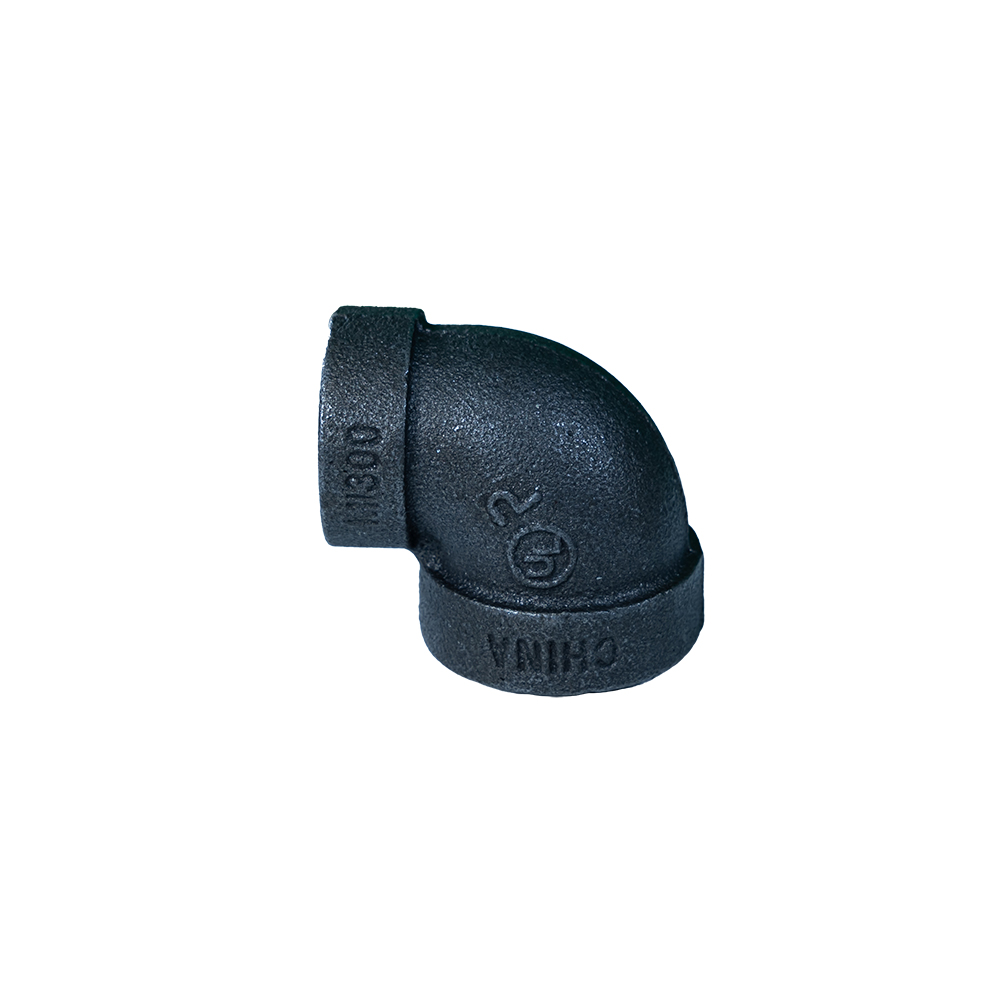What’s the Big Deal About a Pipe Fitting Union?
At first glance, a pipe fitting union might seem like just another piece of plumbing hardware—just a connector, after all. But in reality, this small component plays a truly outsized role in everything from global infrastructure projects to emergency relief efforts. Understanding it isn’t just for the trade pros; it’s critical to knowing how water, gas, and other vital fluids move efficiently and safely around the world.
Why should we care? Well, for starters: millions of miles of pipelines—and thus millions of lives—depend on these fittings for secure joints that can be connected, disconnected, or replaced without chaos. Their design also directly influences costs, environmental impact, and even public health on a global scale. It’s something worth knowing a little about.
Mini takeaway: Pipe fitting unions may be simple, but they’re a linchpin in infrastructure durability and adaptability worldwide.
The Global Stage for Pipe Fitting Union Usage
According to ISO standards and infrastructure reports from the International Organization for Standardization, the global pipeline market is forecasted to grow steadily, with rising demands in energy, water supply, and industrial sectors. By 2030, extensive retrofitting and new builds will reshape how pipe systems join and function.
However, installation challenges can be significant—especially in remote areas or under demanding conditions. The humble pipe fitting union becomes a problem-solver here: It allows engineers to join pipes without welding, granting flexibility, quicker maintenance, and fewer disruptions.
Oddly enough, in places where infrastructure is lacking—think rural Asia or parts of sub-Saharan Africa—a reliable union fitting helps keep water flowing despite unpredictable environmental stresses and limited access to specialized labor.
Defining Pipe Fitting Union in Everyday Terms
Simply put, a pipe fitting union is a mechanical connector that joins two pipes while allowing them to be separated later without damaging the pipes themselves. Unlike permanent welds or threaded fittings that can be tricky or destructive to disassemble, unions screw together and come apart easily, preserving pipe integrity.
That feature matters a lot not just in plumbing but also in industries like oil & gas, chemical processing, and even humanitarian projects where speed and adaptability can save lives.
pipe fitting union connectors are designed to handle pressure variations, corrosive environments, and diverse pipe sizes depending on the application.
Key Factors that Make a Pipe Fitting Union Work
Durability
Materials used—typically stainless steel, brass, or PVC—need to withstand pressure, temperature shifts, and corrosion over time. Being durable means fewer leaks and longer service life.
Ease of Maintenance
Unions excel because they can be disconnected cleanly, simplifying repair without shutting down entire systems. Engineers often say unions cut maintenance downtime by half compared to welded joints.
Cost Efficiency
While unions might cost a bit more upfront than simple threaded fittings, their ability to be reused and the reduced labor hours balance those costs out.
Versatility & Scalability
They come in various sizes and types to fit everything from tiny residential pipes to massive industrial pipelines. This flexibility is crucial for global projects with diverse infrastructure needs.
Sealing Capability
Since leakage is a huge concern—think environmental contamination or hazardous fumes—the sealing mechanisms of unions (often rubber or PTFE gaskets) are continuously evolving.
Mini takeaway: A great pipe fitting union balances strength, flexibility, and smart design to make installation and upkeep a breeze.
How the Pipe Fitting Union Is Used Across the Globe
In real terms, you’ll find unions everywhere—from the complex petchem plants in the Middle East to the basic water supply lines in rural Latin America. Here are a few ways these fittings show their mettle worldwide:
- Disaster Relief: Rapidly deployable water systems in earthquake zones rely on union fittings for quick assembly.
- Remote Oil Fields: Easy-to-service pipe connections minimize downtime miles away from repair facilities.
- Urban Infrastructure: Cities upgrading aging plumbing use unions to avoid shutting off entire blocks.
By understanding the pipes behind the scenes, engineers gain agility to solve big logistical puzzles.
Pipe Fitting Union Specification Table
| Specification | Details |
|---|---|
| Material | Stainless Steel (304 & 316), Brass, PVC |
| Pressure Rating | Up to 3000 PSI (industrial grade) |
| Temperature Range | -20°C to 150°C (depending on material) |
| Sizes Available | 1/2” to 12” diameter standard |
| Sealing Types | Rubber gaskets, PTFE rings, metal-to-metal |
| Installation | Threaded, Flanged, Welding-Free |
Comparing Pipe Fitting Union Vendors
| Vendor | Material Options | Price Range | Lead Time | Customization |
|---|---|---|---|---|
| PanNext Fittings | Stainless Steel, Brass, PVC | $$ | 2-3 weeks | High (sizes & materials) |
| Global Uni-Fit Co. | Stainless Steel only | $$$ | 4 weeks | Medium |
| EcoPipe Solutions | PVC, Composite Materials | $ | 1-2 weeks | Low |
Why Should You Care About the Advantages?
At the core, unions provide safety and trust. They let technicians isolate sections of piping without disassembly nightmares, minimizing leaks and environmental accidents.
Emotionally speaking, unions preserve dignity — especially in humanitarian contexts where clean water and sanitation depend on resilient infrastructure. From a business angle, they offer cost savings by cutting labor hours and downtime.
They’re also an eco-friendly choice: reusable, with long lifespans, reducing waste in the plumbing ecosystem.
The Future: Where Pipe Fitting Union Tech Is Headed
Innovations are on the horizon—high-performance polymers, corrosion-resistant composites, and even digital monitoring embedded into unions are all possibilities that many R&D teams are exploring right now.
As the energy sector embraces green technologies, pipeline connectors will have to adapt to biogases or hydrogen transportation — requiring enhanced sealing tech and ultra-precision manufacturing.
Automation in installation and smart diagnostics (akin to IoT for pipelines) may radically reduce human error and maintenance surprises too.
Common Challenges & Clever Solutions
One persistent issue is installing unions in tight spots or complex pipeline geometries. Some manufacturers have tackled this by designing angled or compact unions.
Another challenge: gasket wear and chemical degradation. The solution? New materials and modular gasket designs that can be swapped quickly, extending service life without full replacement.
FAQ: Your Burning Questions About Pipe Fitting Unions
Q1: How do pipe fitting unions compare with welded joints for industrial use?
Unions offer the distinct advantage of easy disassembly without special tools or cutting. While welded joints are permanent and often stronger, unions are preferred where maintenance and quick repairs matter most, especially in petrochemical plants or water treatment facilities.
Q2: What materials are best for unions in corrosive environments?
Stainless steel grades like 316L are commonly used due to their superior corrosion resistance. For extreme cases, special alloys or composite materials may be necessary to withstand acids or seawater exposure.
Q3: Can a pipe fitting union support high-pressure gas lines safely?
Yes, but only if it’s specifically rated for such pressures and installed properly according to industry standards. Always check manufacturer specifications and codes like those from the American Society of Mechanical Engineers (ASME).
Q4: How quickly can unions be replaced in emergency situations?
Typically unions can be disconnected and swapped in under an hour with the right tools and access, making them ideal for rapid repairs in critical infrastructure and disaster response scenarios.
Wrapping It Up — Why Pipe Fitting Union Matters More Than You Think
Whether you’re an engineer, project manager, or just curious about how infrastructure quietly keeps the world ticking, understanding the role of pipe fitting unions sheds light on an often-overlooked but crucial piece of the puzzle.
They’re more than just connectors: they’re about agility, safety, and sustainability in industries that shape economies and lives. For dependable solutions, check out pipe fitting union options and see how you can future-proof your projects today.
Mini takeaway: Embrace the small marvels in infrastructure—they often make the biggest difference.
References
Post time: Nov-20-2025









